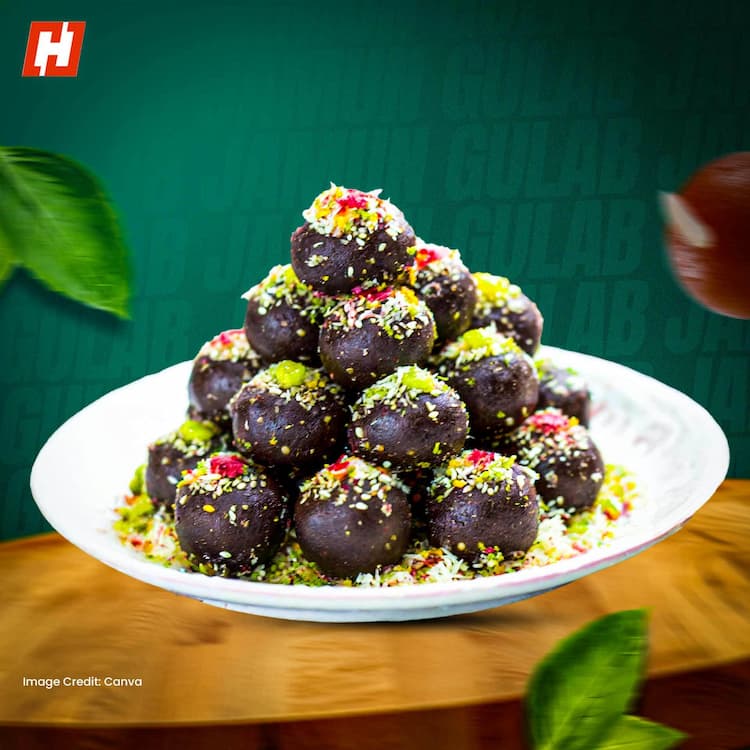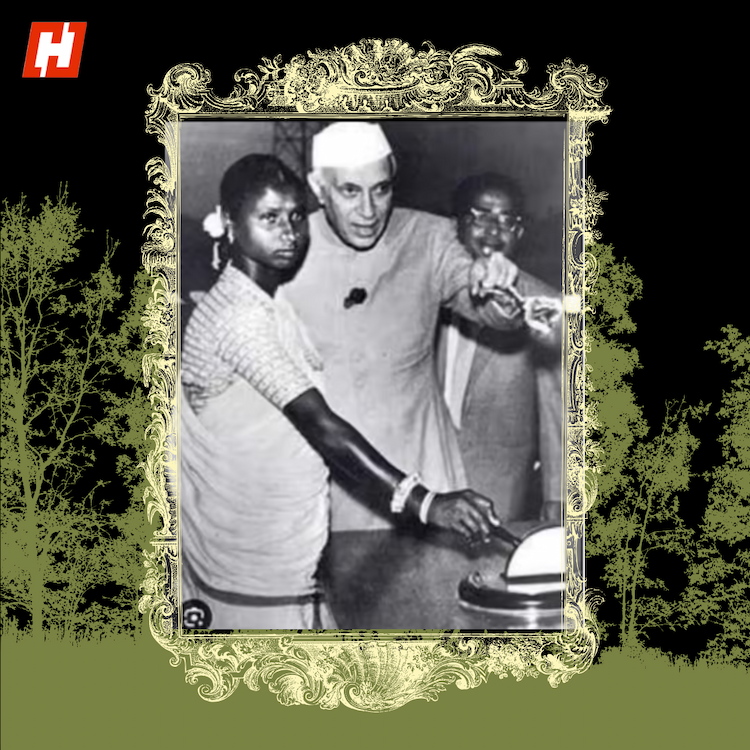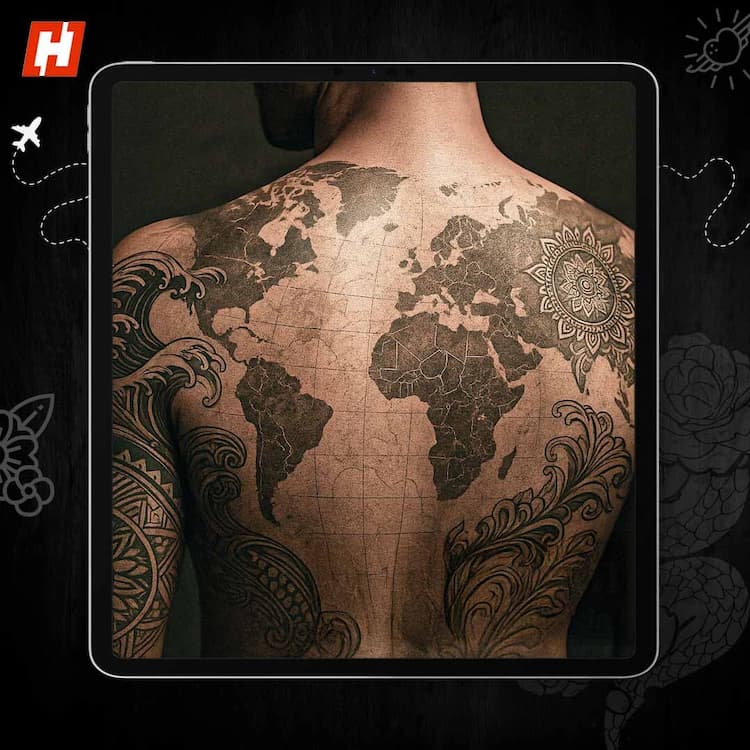Dua Lipa’s pickle Diet Coke to cockroach milk: Weird food trends of 2025


Social media platforms, especially TikTok, have become hotbeds for viral food trends. From bizarre combinations to extreme eating challenges, these trends often gain millions of views and inspire thousands to try them. But while some of these trends are harmless fun, others pose serious health risks. So why do such trends emerge, and should we be cautious before jumping on the bandwagon?
The Rise of Weird Food Trends
Social media thrives on novelty. People are constantly looking for unique and entertaining content, and food experiments provide just that. Many of these trends stem from curiosity, shock value, or the desire for internet fame. The more unusual or outrageous a food trend is, the higher the chances of it going viral.
For example, the NyQuil Chicken trend, where people cooked chicken in cold medicine, gained traction despite warnings from health professionals. Similarly, Sleepy Chicken and the Tide Pod Challenge showcased how risky trends can spread rapidly, often fueled by humor, peer pressure, and the fear of missing out (FOMO).
Popular But Risky Food Trends
1. Rainbow-Colored and Glitter Foods
Edible glitter and food dyes have been used in baking for years, but social media has taken it to new extremes. From glitter-covered pizza to rainbow coffee, these trends look appealing but often involve artificial additives that may not be safe in large quantities.
2. Raw or Undercooked Dishes
Trends like the Raw Meat Diet or Raw Cookie Dough Challenge promote the consumption of uncooked food, often ignoring the risks of bacterial infections like salmonella or E. coli. Many influencers claim health benefits without scientific backing, putting their followers at risk.
3. Spicy Challenges
Eating ultra-spicy foods, such as the One Chip Challenge, may seem like a test of endurance, but they can cause severe reactions, including stomach pain, nausea, and even hospitalization in extreme cases. Capsaicin, the compound responsible for spiciness, can be harmful in large doses.
4. Extreme Caffeine Consumption
Trends like Proffee (protein coffee) and Highly Caffeinated TikTok Drinks have encouraged excessive caffeine intake. While caffeine can be beneficial in moderation, consuming too much can lead to heart palpitations, anxiety, and sleep disorders.
5. Homemade Fermentation Gone Wrong
Fermenting foods like kombucha or yogurt at home can be a great way to add probiotics to the diet. However, TikTok trends promoting DIY fermented foods without proper hygiene can result in harmful bacteria growth, leading to food poisoning.
Why Do People Follow These Trends?
The psychology behind viral food trends is complex. Several factors contribute to their popularity:
Curiosity – People enjoy experimenting with new food ideas, especially if they seem exciting or unconventional.
Social Media Influence – Seeing influencers and celebrities participate encourages others to do the same.
FOMO (Fear of Missing Out) – Many people try these trends simply because they don't want to be left out of the conversation.
Shock Value and Humor – The weirder and more shocking a food trend is, the more likely it is to gain traction.
Expert Warnings and Health Risks
Doctors and nutritionists frequently warn against blindly following social media food trends. Many viral challenges lack scientific backing and can have serious health consequences.
For example, Dr. Amy Shapiro, a registered dietitian, warns that consuming extreme amounts of caffeine or raw food can disrupt digestion and metabolism. Similarly, the FDA had to issue warnings about trends like NyQuil Chicken, highlighting the dangers of cooking with medicine.
In some cases, long-term health effects are unknown, making it even riskier to experiment with these trends. While some may be harmless or even beneficial, others can cause permanent damage to health.
Should You Try Viral Food Trends?
Not all viral food trends are dangerous. Some, like whipped coffee (Dalgona coffee) or baked feta pasta, are fun and harmless experiments that add variety to everyday meals. However, it’s essential to exercise caution.
Tips for Staying Safe:
Check reliable sources before trying any food trend. If a trend involves extreme dietary changes, seek advice from a nutritionist or doctor. Listening to your body is very important. Do not follow social media trends blindly. If something feels off after trying a new trend, stop immediately and see a health consultant.
Never consume non-food items or substances not meant for human consumption. Social media food trends can be entertaining and innovative, but they also come with risks. While some trends are just harmless fun, others can be outright dangerous. The key is to balance curiosity with caution. Before jumping on the latest food trend, ask yourself: is it worth the risk?
Trending in Lifestyle

Gulab Jamun: The Timeless Sweet With a Royal Past and a Cultural Heartbeat

Gen Z’s JOMO Travel: The 'joy of missing out' becomes the new way to vacation

When a Bahujan Woman Was Exiled for Garlanding Nehru

